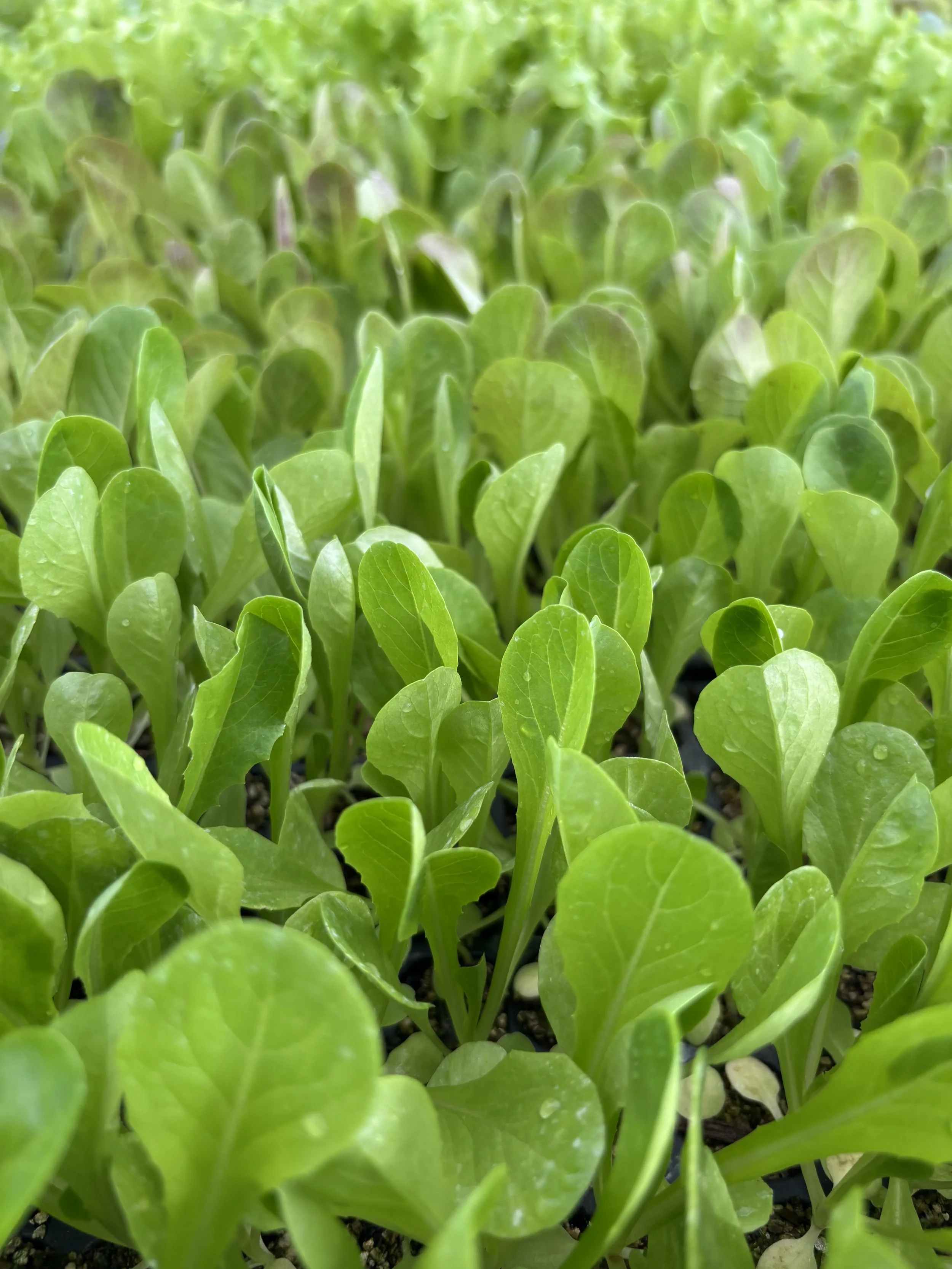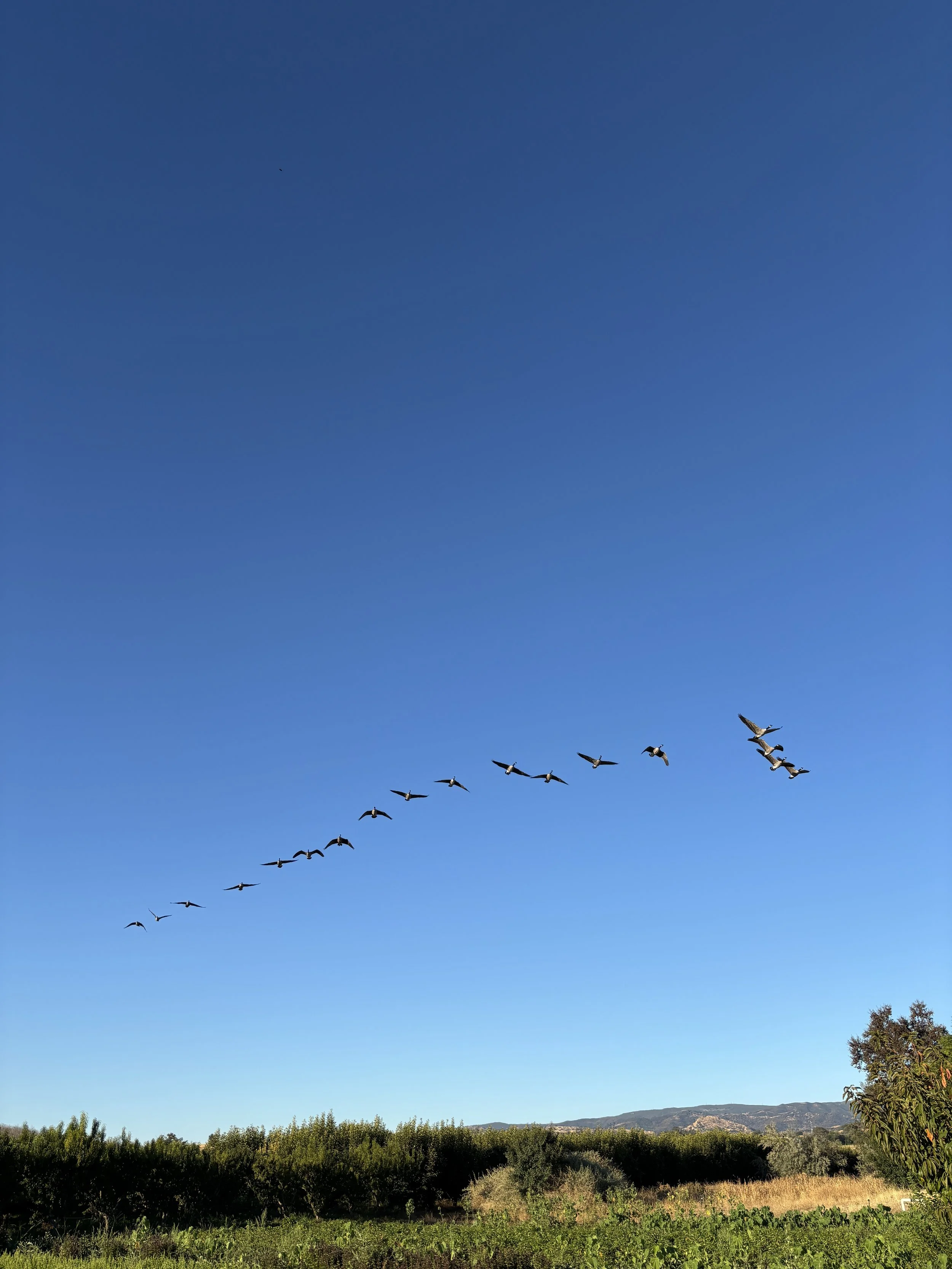Preparing to plant leafy greens and fall veggies
While still in the middle of harvesting all the summer crops, next week we will be planting the fall veggies that we seeded in the greenhouse four weeks ago.
With lots of water and a shade cloth in the greenhouse to keep them cooler they have been growing really well and are ready to be planted in the field.
Once the veggies are planted in the field their roots will run wild getting established in the soil within days and then start growing their leaves.
The lettuce, chard, collards and kale won’t take too long until we start harvesting them, it may be at the end of September depending on the weather.
The brassicas take much longer to grow but the broccolini will be ready to harvest much sooner than the rest with its tender and sweet stems.
Getting the first round of fall crops planted early is crucial so that we can harvest a lot off of them in the fall before their growth slows down drastically in the winter and people wanting more greens as we are two-thirds of the way through summer.
In addition to transplanting what we started in the greenhouse next week we will be doing our first direct seeding.
It will be carrots, beets, turnips and arugula that we direct seed. The turnips and arugula will be the quickest growers and we may even get to start harvesting them at the end of September.
The carrots take a lot more time to germinate so we have to keep the soil moist to prevent a crust forming that would prevent the germinating carrots from breaking through.
It would be simpler to wait until it is cooler to start seeding the carrots but with the time it takes them to be ready to harvest if we delayed them a few weeks it ould potentially be December before we had carrots to dig.
Planting the carrots next weeks means they will be ready to start being harvested at the end of October or early November.
In the spring we sometimes have to wait for the soil to dry out so that we can prepare the field for planting while for the fall crops the soil is so dry we have to irrigate it to help break up the crust that forms on the top layer of the soil.
Without irrigating and breaking up the crust the direct seeded crops have a low chance of germinating and what we transplant might survive but it would take a lot more effort to plant them and extra water.
After irrigating the soil we spread compost over the area to give a boost of nitrogen and organic matter.
The tractor then does the rest of the work with different pieces of equipment to create a good soil to transplant or direct seed into.

